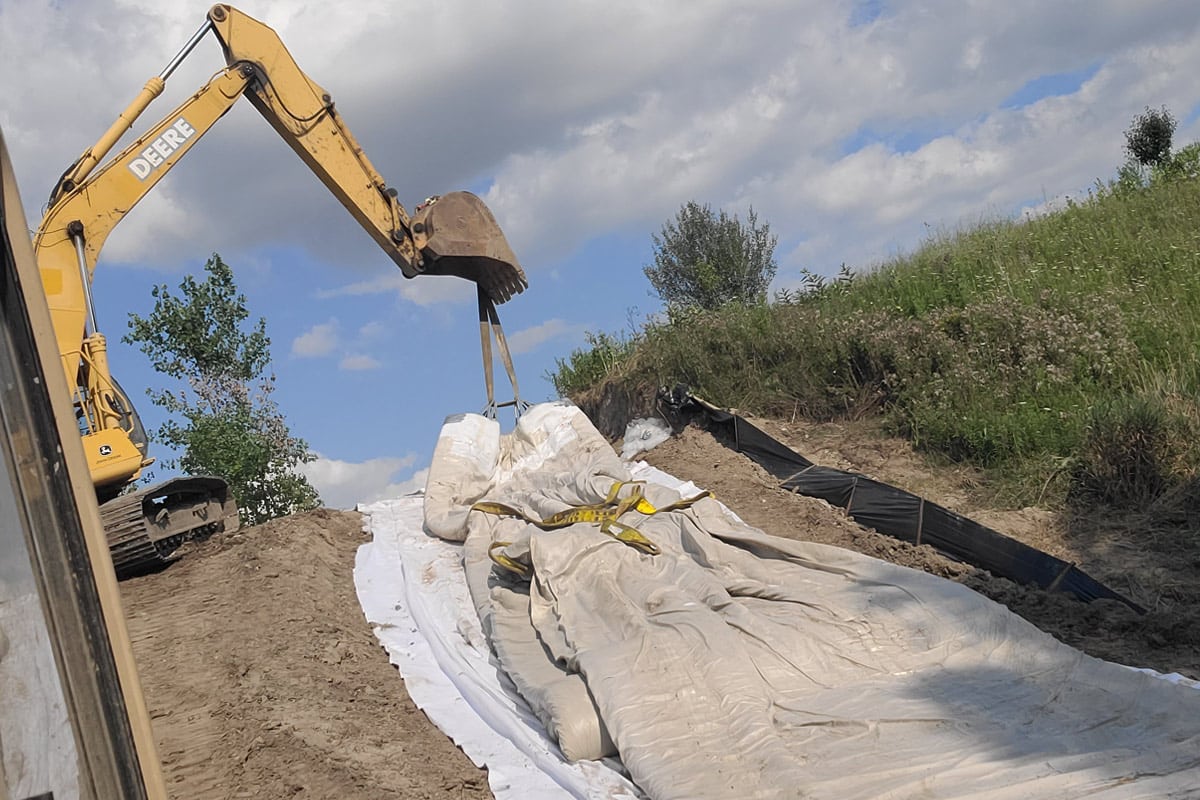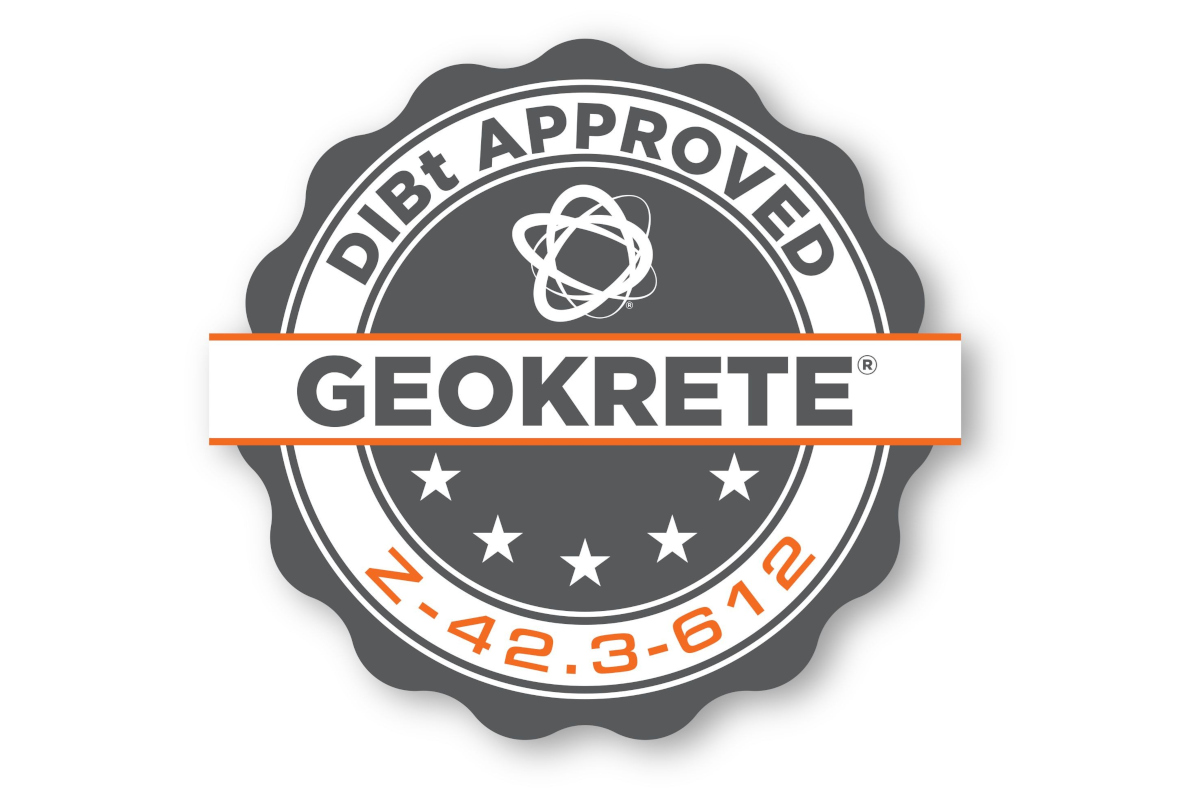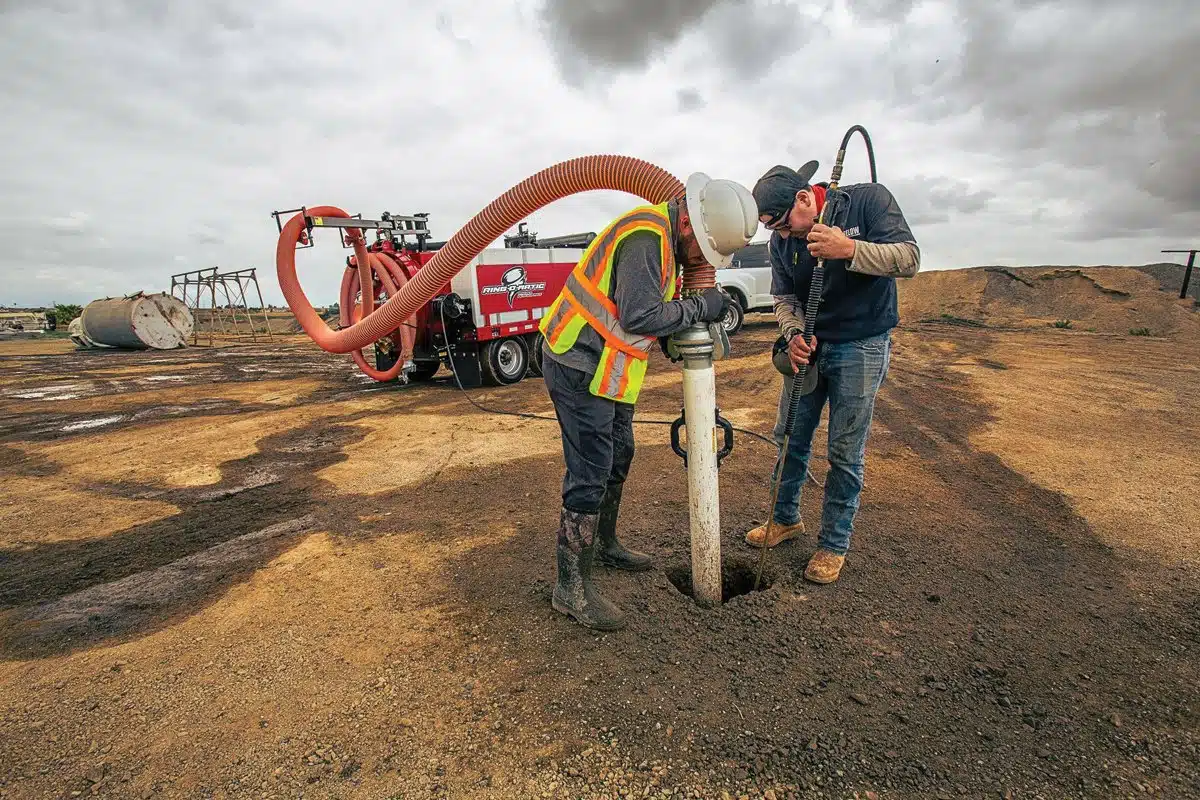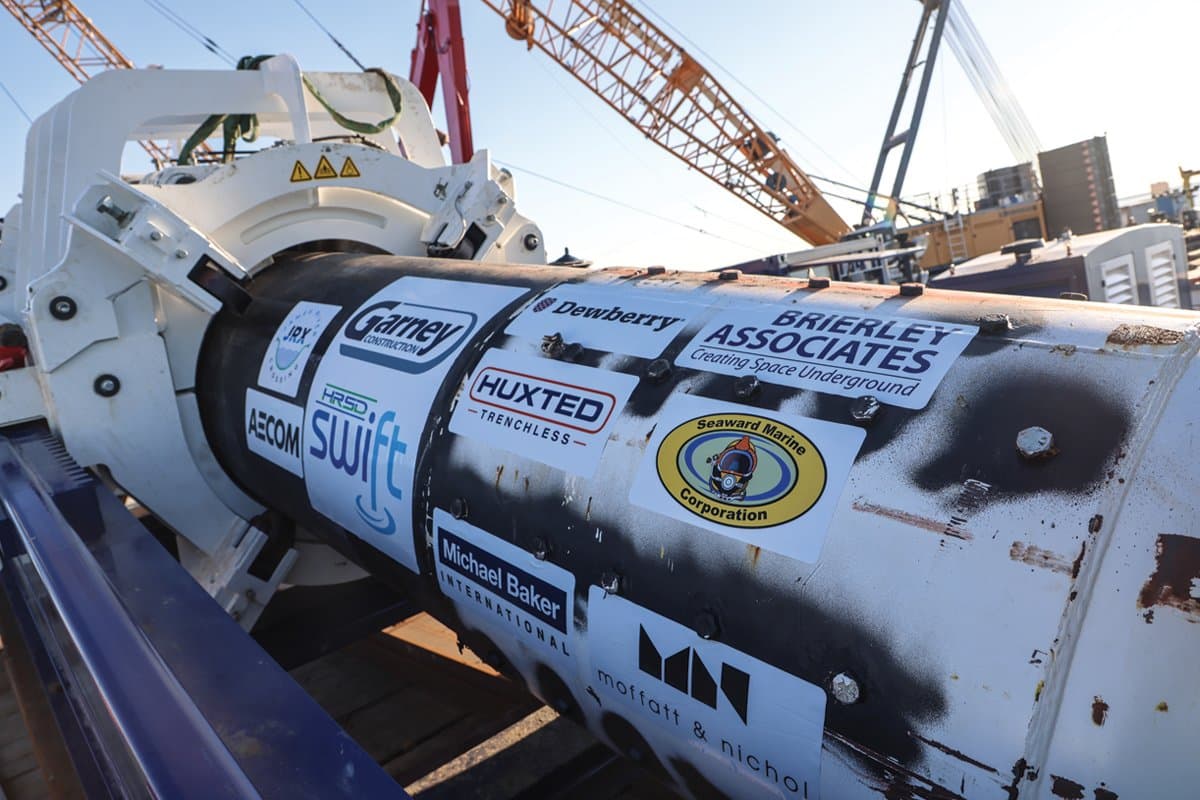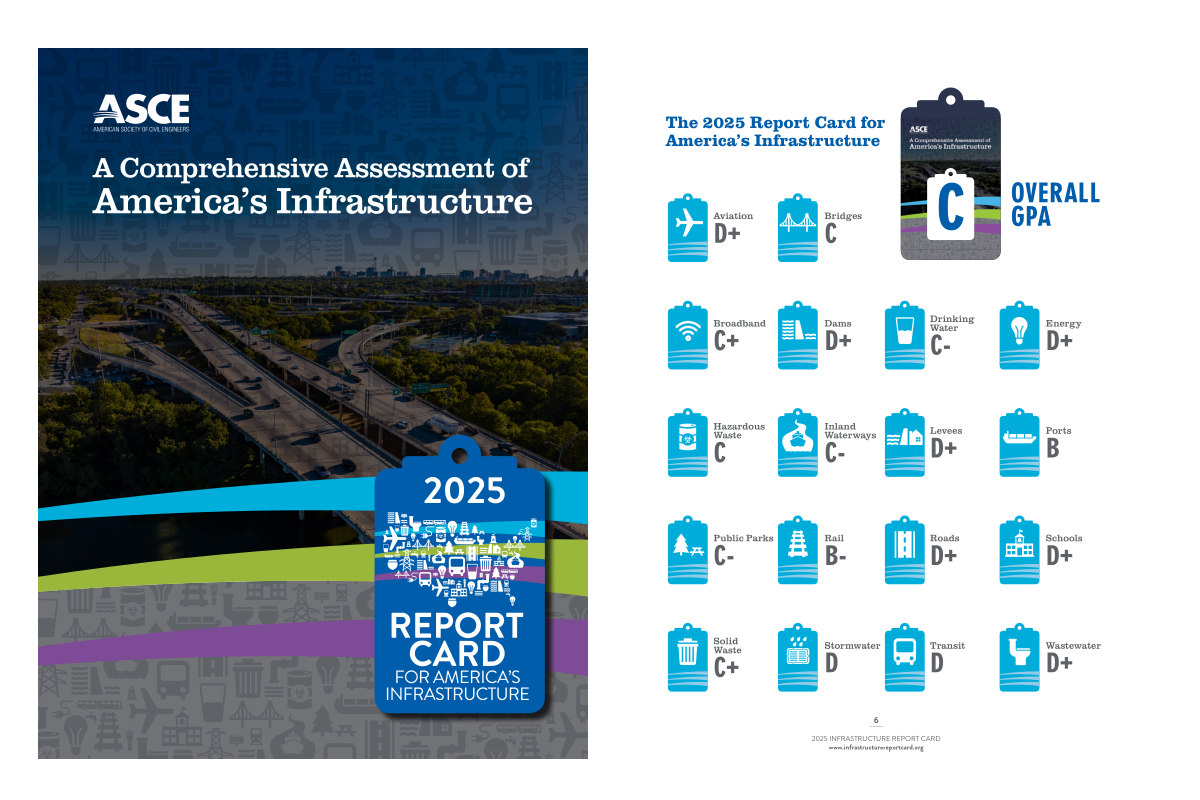
U.S. Infrastructure Receives ‘C’ Grade on ASCE Report Card
The American Society of Civil Engineers (ASCE) quadrennial Report Card for America’s Infrastructure report gives U.S. infrastructure a grade of ‘C.’ This is up from an overall grade of ‘C-’ in 2021.
The Report Card finds that legislation passed by Congress since the 2021 Report Card sparked progress. However, more work and investment are needed to overcome decades of underinvestment. This is necessary to adapt the country’s transportation networks, water systems, electric grid, and broadband services to meet current and future demands.
The 2025 grade is an improvement over the ‘C-‘ overall grade in 2021. It is also the highest grade given by ASCE since it began its Report Card in 1998. While the Report Card shows that 2021 investments from the Infrastructure Investment and Jobs Act (IIJA) have started to pay off, ASCE projects a $3.7 trillion gap. This is between current planned infrastructure investments and what must be done to have the nation’s infrastructure in good working order. This gap is an increase from the $2.59 trillion reported four years ago.
Infrastructure Investment Needed
The report underscores the essential need for lawmakers to maintain existing federal infrastructure investment levels. It also calls for increased participation from state and local governments, and the private sector, to reduce costs for American households and bolster economic growth.
“Every American household or business immediately feels the impact of just one inefficiency or failure in our built environment,” said Darren Olson, 2025 Report Card Chair, ASCE. “However, if we maintain investments, each American household can save $700 per year. Better infrastructure is an efficient investment of taxpayer dollars. This results in a stronger economy and prioritizes American jobs, resilience, and connectivity.”
Using an ‘A’ to ‘F’ school report card format, ASCE’s Report Card for America’s Infrastructure provides a comprehensive assessment of current infrastructure conditions and needs. It evaluates 18 categories. Broadband is a new category added to this year’s report.
The individual 2025 category grades ranged from a ‘B’ for ports to a ‘D’ grade for stormwater and transit. Though some categories improved, none earned a ‘D-’ grade. This is the first time since 1998 that none earned a ‘D-‘ grade. However, nine categories still received a grade in the ‘D’ range.
Eight category grades — dams, hazardous waste, inland waterways, levees, ports, public parks, roads, and transit — improved over the 2021 report. Two categories — energy and rail — received lower grades in this year’s Report Card.
Category Grades
| Grade | Categories |
|---|---|
| B | Ports |
| B- | Rail |
| C+ | Broadband, Solid Waste |
| C | Bridges, Hazardous Waste |
| C- | Inland Waterways, Drinking Water, Public Parks |
| D+ | Aviation, Dams, Energy, Levees, Roads, Schools, Wastewater |
| D | Stormwater, Transit |
The 2025 Report Card found three overarching trends impacting infrastructure:
- Aging infrastructure systems are increasingly vulnerable to natural disasters and extreme weather events. This creates unexpected and often avoidable risks to public safety. It also disrupts economic activity and ultimately hampers U.S. global competitiveness.
- Recent federal and state investments have had a positive impact. However, the full force of increased funding will take years to realize. Sustained investments are key to providing certainty. They ensure planning goes to development and make larger infrastructure projects attainable.
- Unreliable or unavailable data on key performance indicators continues to impact certain infrastructure sectors. There are still infrastructure sectors where data is scarce or unreliable.
“We have seen the difference investment can make in improving infrastructure,” said Feniosky Peña-Mora, 2025 ASCE President. “After releasing this report eight times, this is the first time for a ‘C’ grade, the highest ever awarded. While this showcases that investment leads to direct results, the job is not yet done. As the Report Card makes clear, there is still a great need for sustained investments. Delaying upgrades to our nation’s roads, bridges, transit and utilities will cost families and businesses time and money. It will also create unsafe yet often avoidable situations.”
To view the full Report Card, visit InfrastructureReportCard.org
SOURCE – ASCE

